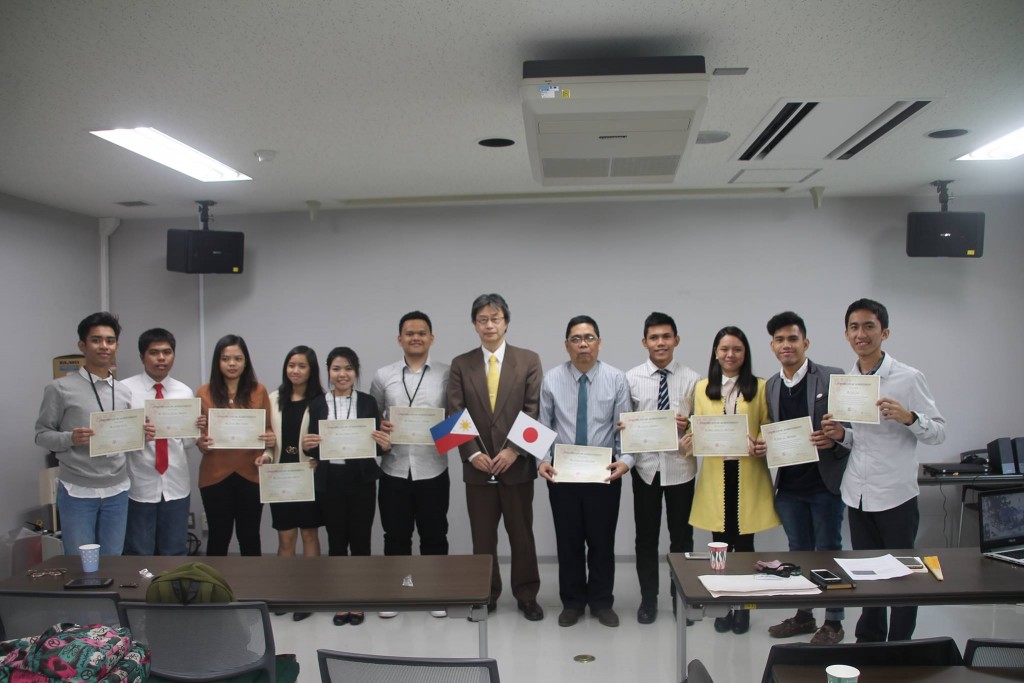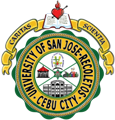Monday, Feb. 13, 2017
Ten selected Josenian engineering students were sent to Japan from Jan. 30 to Feb. 5 to experience firsthand cutting-edge Japanese nanotechnology, the branch of technology that deals with dimensions on an atomic scale.
Dr. Virgilio Abellana, who accompanied the students to Japan, said their educational trip (including their hotel accommodation and allowances) was all paid for by Toyo University in partnership with Japan Science and Technology Agency, the counterpart of the country’s Department of Science and Technology.
“This project is borne out of Toyo University being a global university, and as such, they are inviting college students from outside the country to come and learn their technology,” said Dr. Abellana, who is also the dean of USJ-R’s College of Engineering.
He said the students, who are all in the third year of their studies, were given a lecture on nanotechnology and Japanese engineering and work philosophy before doing actual work in the laboratories of the Saitama-based university.
The students then immersed themselves in Toyo University’s materials laboratories and at Elionix, a private company that manufactures equipment used in nanotechnology production and researches.
Mechanical engineering students Kim Ashly Flores and Abner Mabunga Jr. said they were able to study a micro-needles prototype designed by biomedical devices students of the university.

The engineering students and Dr. Abellana (fifth from left) receive their certificates after completing the program in Japan. | Contributed photo by Humbert Fanoga
Flores said the prototype device is an alternative for needle injection which is, in some cases, a painful experience for patients.
The Japanese prototype, she said, enables for painless injection of medicine as the needles were made so small that they don’t penetrate the pores but are just patched over the skin where the medicine is transmitted.
“The needles are so small you would need a microscope to see them,” Flores said.
She said they were also able to learn the functions and usage of scanning electro-microscope, transmission electron microscope, focus ion bean, and squid, a device that measures the electric field emitted by objects, among others.
“What is amazing is that all the devices are students’ research outputs,” Flores said. “They said it would take some five years before they are released to the market for mass production.”
Mabunga said they also tried their hand at nano-level photolithography.
“They even gave us as souvenir a picture of us in nanolithography,” he said.
“It’s really a great privilege for us because of all engineering students who have the potential, we were chosen to participate in the project,” said Mabunga.
Dr. Abellana said the students were chosen based on their aptitude for research as they would also be required to share whatever they had learned with their fellow engineering students and to come with “publishable papers” in two years’ time.
He said the papers would also serve as their undergraduate thesis and could be published in Toyo University’s research journal. IPA

